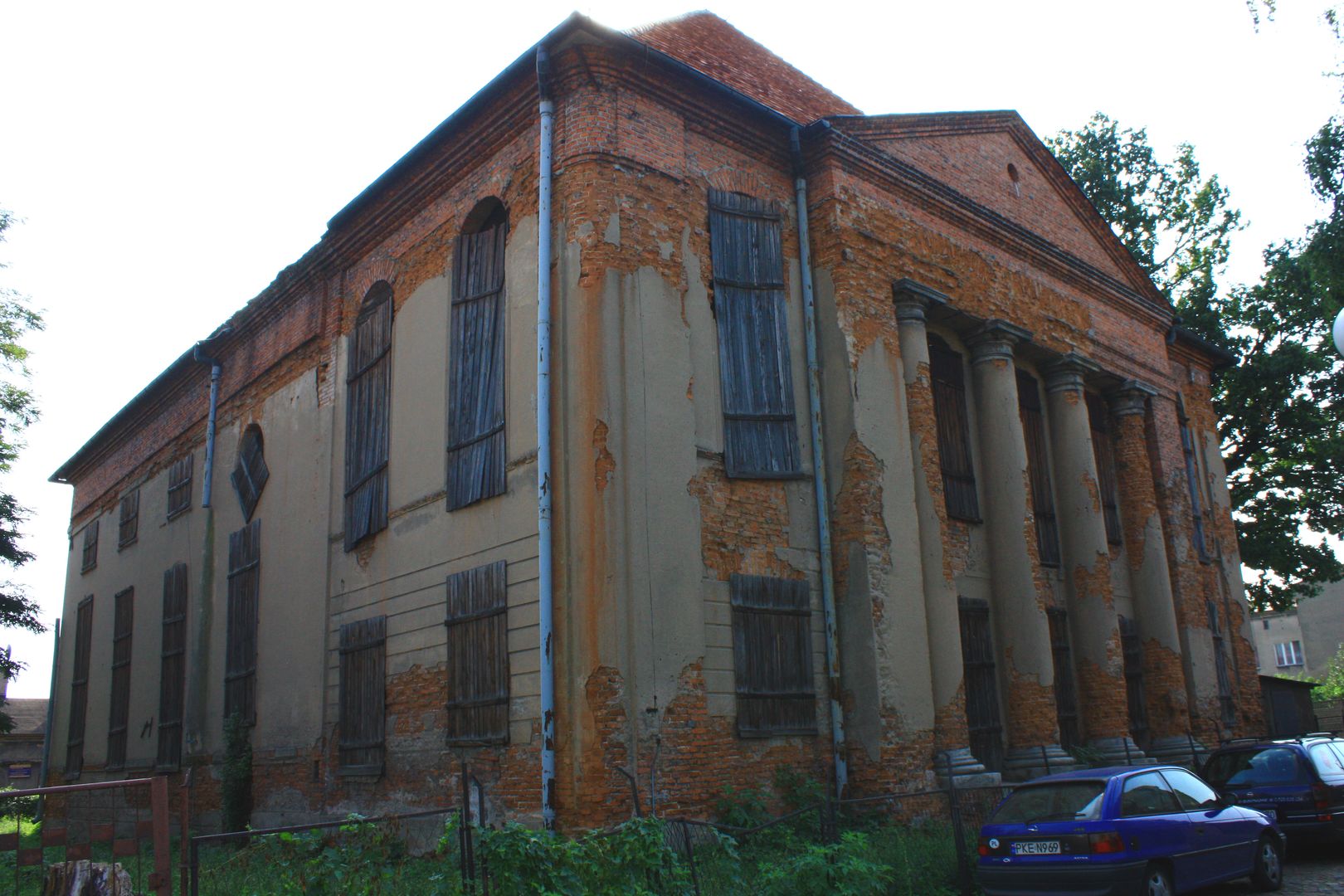Kępno
6.76

Overview
Kępno is a town in the Greater Poland Voivodeship, located on the Wieruszowska Upland, with a rich history dating back to the Bronze Age. It received its town charter before 1283 and again in 1661. Over the centuries, Kępno experienced periods of prosperity and decline, including the loss and subsequent restoration of its municipal rights in the 17th century. The town's historical significance is reflected in its numerous monuments, such as the "Kopiec" stronghold, a Lusatian culture burial site on Górka Wiatrakowa, and religious buildings including the Roman Catholic Church of St. Martin, the Evangelical-Augsburg Church, and a synagogue. In the 19th century, under Prussian rule, Kępno underwent dynamic architectural development, resulting in new public buildings and improved infrastructure. In the 20th century, after World War I, the town was reintegrated into Poland and endured the hardships of World War II, including the displacement of its Polish population. In the postwar period, Kępno regained its importance with new investments and industrial plants. Culturally, the town offers various institutions, such as the Kępno Cultural Center and the modern-equipped "Sokolnia" cinema. Sports also play a significant role in the community, with clubs like Polonia 1908 and TG Sokół. Kępno is known for its strong furniture-making traditions, often referred to as the "Kępno Furniture Basin," with numerous businesses in this industry. Today, the town is home to many public and local government institutions and serves as an important transportation hub with well-developed rail and road connections. Kępno's international cooperation includes several partner cities, highlighting its openness and commitment to global development. With its numerous monuments, cultural centers, and robust economic structure, Kępno is an interesting place both to live in and to visit.
Location
2025 Wizytor | All Rights Reserved